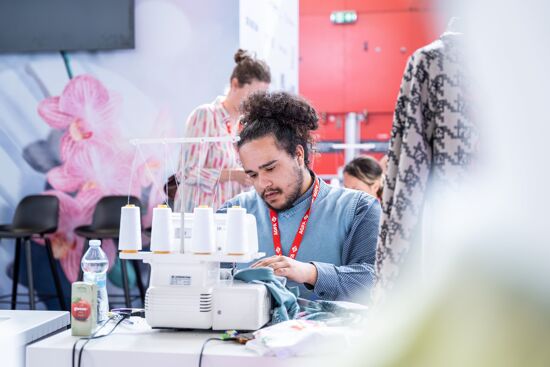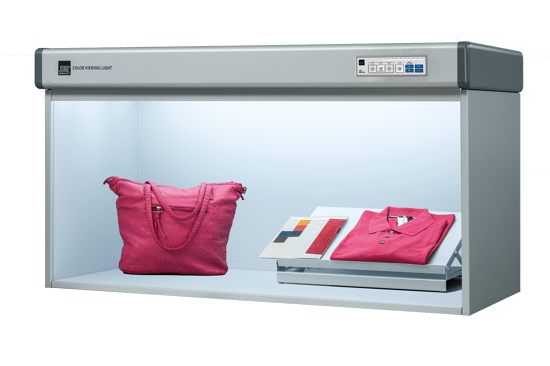Laser threat to conventional label printers
Label printers and sellers of label printing equipment and consumables face yet another existential threat, laser marking.
The process has various environmental benefits including doing away with the ink, plastic, glue and paper associated with conventional produce labelling.
The technology is a sort of direct to object technique, however this is not a new application of inkjet printing. Laser marking fans are calling it “natural branding” and it works by using a laser to mark foods. Although it has mainly been used for fruits with a robust skin, such as melons, laser marking can work even on soft fruits, like tomatoes. It’s a nonimpact technique that doesn’t affect the food or how long it lasts.
Laser marking was developed by Laser Foods in Spain as part of the European Union’s (EU) Eco-Innovation programme. Laser Foods and its technology partners have come up with a coating that is applied to the image area. This coating changes colour when activated by a laser, so it does not penetrate the food.
The process has various environmental benefits including doing away with the ink, plastic, glue and paper associated with conventional produce labelling. Laser marking also means no waste when conventional labels reach the end of their short lives.
The GHG emissions associated with printing and transporting the stickers to their point of use also disappear, as do emissions related to getting raw materials to the printers in the first place.
There are other benefits to laser marking. It is claimed to be some ten per cent faster than sticking printed labels on to fruits, which could extend product shelf life. Laser marking also ensures traceability and prevents goods from being missold, since there is no label to get lost or switched.
Labels can also be changed more readily and providers have more flexibility in the information they provide to consumers via the fruits and vegetables printed with laser marking.
The technology has been trialed by a Dutch supplier of fruit and veg and ICA one of Sweden’s leading supermarket chains. Marks & Spencer are using it in the UK, as are chains in Poland; companies in the US are also keen.
Laser marking gives producers and brand owners many more creative options for adding extra information to products, such as suggestions for other foods that work well with the product, say chilies in addition to avocados or parma ham with melons.
Millions of sticky labels are used around the world on food produce, so laser marking has a massive market opportunity to both cut carbon footprints and save costs. It is also attractive because it creates a new platform for advertising, be that upselling or simple brand promotion.
The creative possibilities are endless so this technology will make a big difference for packaging design and cross channel promotions. We expect to see plenty of new applications coming out on the back of it.
Topics
Interested in joining our community?
Enquire today about joining your local FESPA Association or FESPA Direct
Recent news

Smart factories and customisation technology explored at Personalise Make Wear 2024
FESPA's Textile Ambassador, Debbie McKeegan speaks to industry specialists at Personalise Make Wear at Personalisation Experience and Sportswear Pro 2024 held in Amsterdam. Each day of the exhibitions Debbie hosted a fire-side chat with these specialists to discuss various industry topics. During this Fire-side chat with Antigro, Caldera, Print Logistics, Inkcups and Kornit Digital they discuss the role of digital technologies in personalisation, reshaping the supply chain, the future of manufacturing and more.

The pros and cons of Digital Signage and Printed Signage
Sonja Angerer discusses the pros and cons of both digital signage and printed signage. Current developments such as artificial intelligence and spatial computing are changing the situation once again. How will this shift affect printers?

How to create an efficient smart factory
Debbie McKeegan speaks to industry specialists at Personalise Make Wear in Amsterdam about smart factories and customisation technology. Debbie speaks to Antigro, Caldera, Print Logistic, Inkcups and Kornit Digitial.

Standard lighting conditions for wide format printers and their many markets
Paul Sherfield shares the various standard conditions that are required for wide format printers as colours can appear differently dependent on the differing types of lighting and environments.